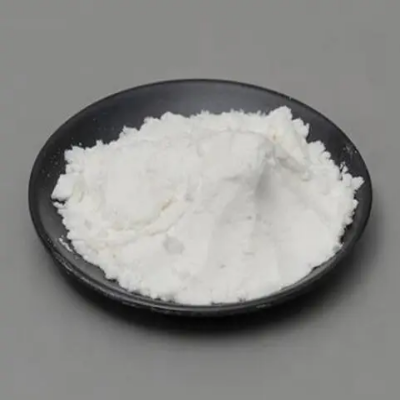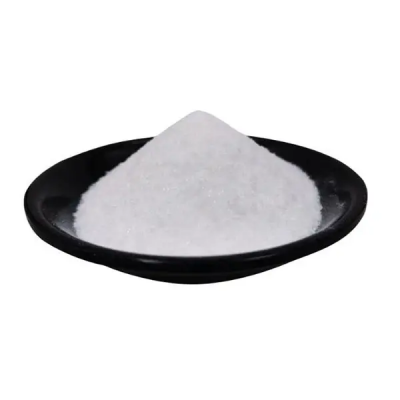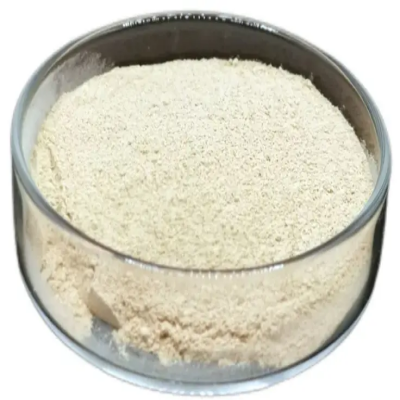Ethylmagnesium bromide CAS:925-90-6
Ethylmagnesium bromide (C₂H₅MgBr) is a prominent member of the Grignard reagent family, characterized by its ethyl group bound to a magnesium atom that is further coordinated with a bromine atom. This structural configuration imparts unique reactivity, making ethylmagnesium bromide a vital reagent in organic synthesis. One of the most significant applications of ethylmagnesium bromide is its function as a nucleophile in chemical reactions. Due to its strong nucleophilic character, it readily reacts with various electrophiles, particularly carbonyl compounds such as aldehydes and ketones. In these reactions, ethylmagnesium bromide undergoes nucleophilic addition, leading to the formation of secondary or tertiary alcohols, depending on the specific substrate utilized. For example, when ethylmagnesium bromide reacts with formaldehyde, it yields a primary alcohol, whereas its reaction with acetone produces a tertiary alcohol. These produced alcohols serve as pivotal intermediates for synthesizing more complex organic molecules, facilitating subsequent transformations and functional group modifications. Beyond carbonyl compounds, ethylmagnesium bromide can react with epoxides and other electrophilic species, showcasing its versatility as a reagent. Such reactions enable chemists to construct diverse molecular frameworks essential for developing bioactive natural products and pharmaceutical compounds. Furthermore, ethylmagnesium bromide can be used to generate branched hydrocarbons, enhancing the diversity of synthetic pathways available to chemists. Handling ethylmagnesium bromide demands caution due to its sensitivity to moisture and air. It is crucial to maintain strictly anhydrous conditions during storage and use to prevent hydrolysis, which can produce flammable gases and present safety risks. Conducting reactions under inert atmospheres, such as nitrogen or argon, is fundamental to ensuring both effectiveness and safety in its application. In conclusion, ethylmagnesium bromide is a powerful and versatile reagent within the realm of organic chemistry. Its ability to form carbon-carbon bonds and generate a wide range of functionalized products highlights its significance in various sectors, including pharmaceuticals, agrochemicals, and materials science. A comprehensive understanding of its reactivity and applications enhances synthetic strategies and contributes substantially to advancements in chemical research and development.



| Composition | C2H5BrMg |
| Assay | 99% |
| Appearance | white powder |
| CAS No. | 925-90-6 |
| Packing | Small and bulk |
| Shelf Life | 2 years |
| Storage | Store in cool and dry area |
| Certification | ISO. |









